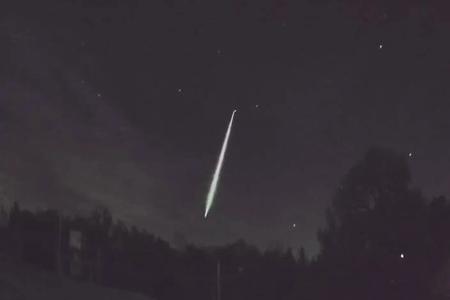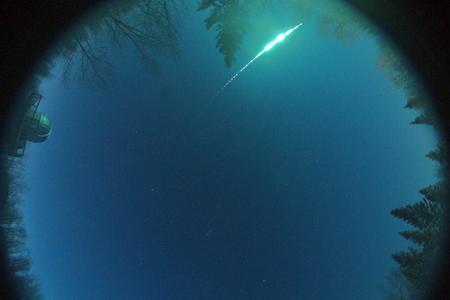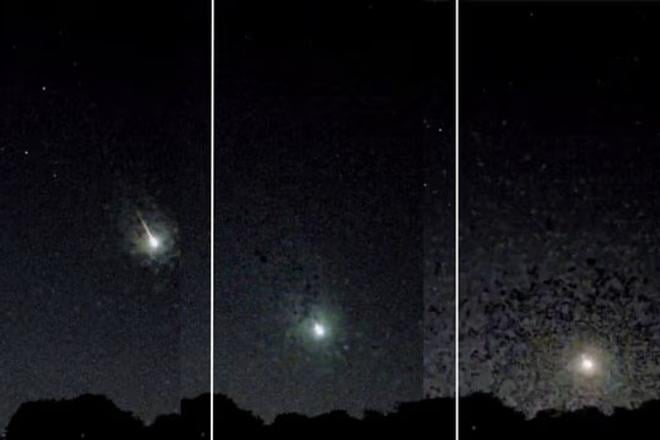At exactly 22:16 on Saturday, 5 July, a dazzling fireball streaked across the Slovak sky, heading northeast and lighting up the night sky. The dramatic spectacle, reported by iMeteo.sk, was captured by onlookers who quickly shared their video footage online.
This bright meteor – known as a bolide – flew unusually low, momentarily transforming the dark night sky into daylight. The intense light faded quickly thereafter.
The event was visible not only in southern Slovakia, but also in northern Hungary. Several eyewitnesses even reported hearing a sharp sound accompanying the glowing object as it passed through the atmosphere.

Fragments may have fallen in Slovakia
Given the bolide’s close proximity to the ground, it is possible that some smaller fragments reached the Earth’s surface – most likely in southern Slovakia.
The fireball’s movement was also captured on cameras in northern Hungary, where observers commented on the extraordinary clarity of the phenomenon.
What’s the difference between a meteoroid, a meteor and a meteorite?
Although often used interchangeably, these terms have distinct meanings:
Meteoroid: A celestial body composed of rock or metal, ranging in size from a grain of dust to several metres across.
Meteor: The luminous phenomenon observed when a meteoroid enters the Earth’s atmosphere – commonly referred to as a ‘shooting star’.
Bolide: An exceptionally bright meteor, brighter than the planet Venus; over 90 percent of such occurrences are extremely bright.
Meteorite: If a fragment of a meteoroid survives its journey through the atmosphere and reaches the Earth’s surface, it is referred to as a meteorite.



 A bright bolide flew over Slovakia on Saturday night. (source: imeteo.sk)
A bright bolide flew over Slovakia on Saturday night. (source: imeteo.sk)
